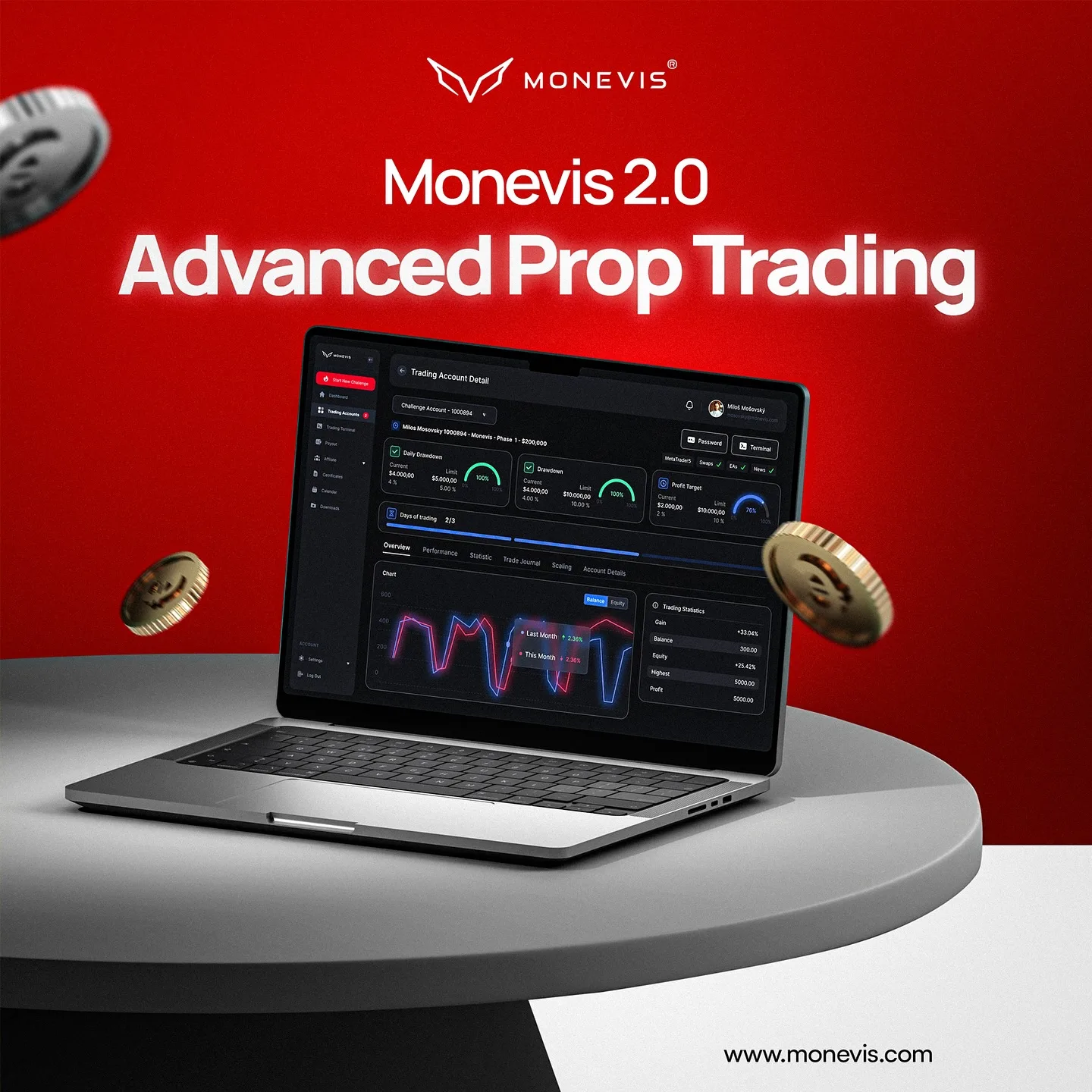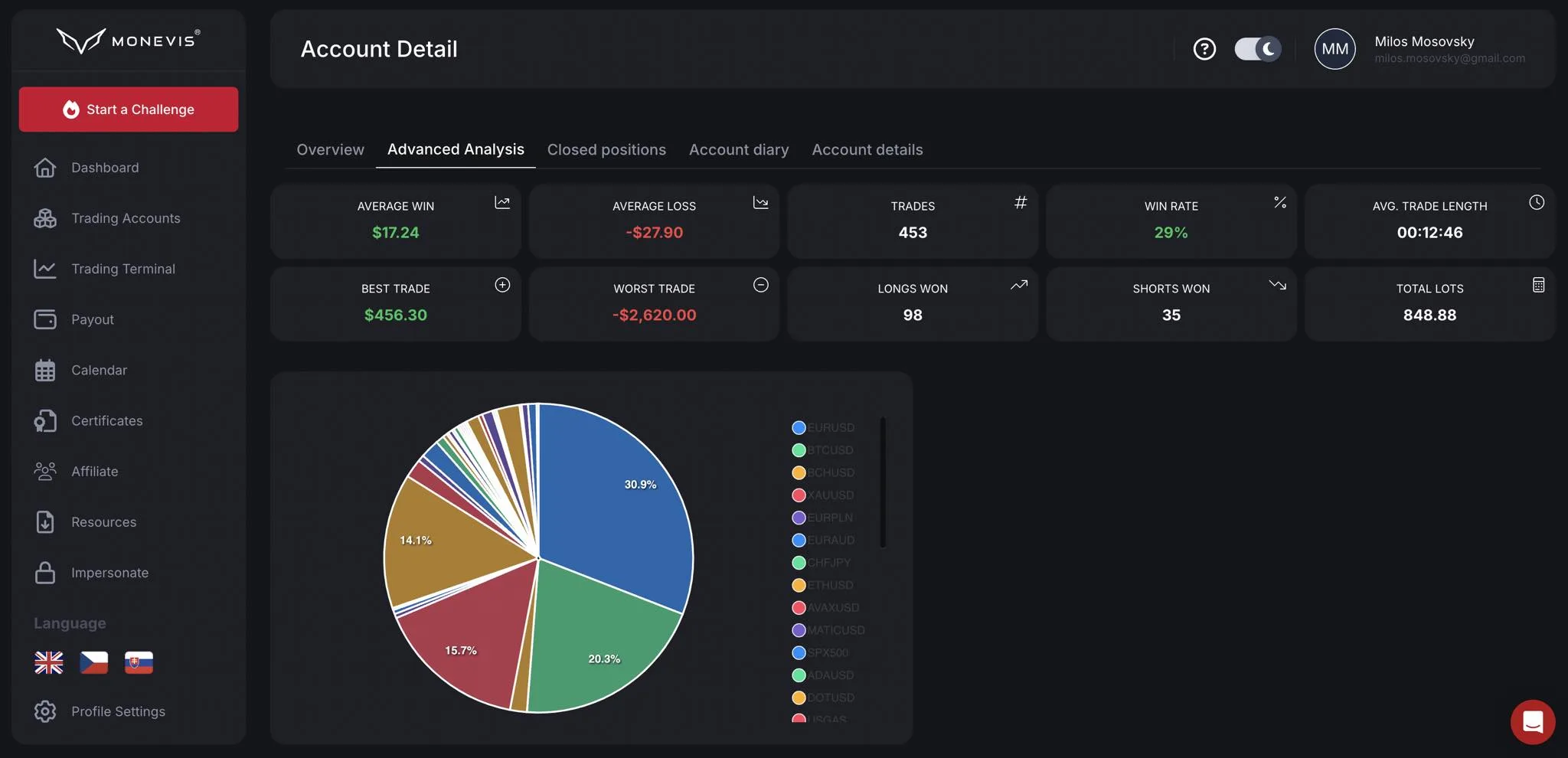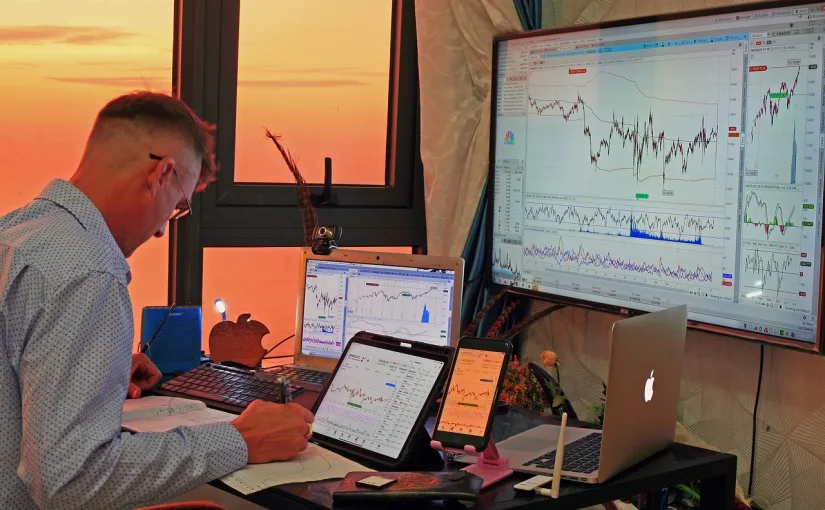HOT TIP: Unleash your trading potential with Monevis®

The Most Common Mistakes in Backtesting Trading Strategies
Backtesting should be an essential part of developing an effective trading strategy for every trader. Although it might seem like a simple process, there are often mistakes that can distort results and lead to real losses when trading in the markets.
Today, we’ll explore the mistakes you should avoid in backtesting to ensure your strategy doesn’t become a financial pitfall for your trading account.
Basic Rules Before Starting Backtesting
Before you begin, it’s crucial to set some basic rules. Backtesting should be conducted on the largest possible sample of historical data. It’s also vital to have a pre-defined trading plan and clear risk management rules that you will follow during the testing.
Diligence Pays Off
Just as with keeping a trading journal, it’s important to meticulously record your results in backtesting. After completing the testing, you should conduct a thorough analysis to help you optimize key strategy parameters like risk-reward ratio (RRR), maximum drawdown, and trade success rates.
Common Mistakes in Backtesting
- Using Future Data: One of the primary mistakes is using data that wouldn’t be available during real-time trading. This can lead to skewed results because you’re simulating decisions based on information that wouldn’t have been accessible at the time.
- Over-Optimization: Another common mistake is trying to tweak the strategy so that it performs perfectly on historical data. However, this leads to an “over-optimized” strategy that might not work in a live trading environment.
- Ignoring Real Market Conditions: While emotions don’t influence you during backtesting, they play a significant role in real trading. Many traders fail to account for costs, spreads, and slippage, which can substantially affect the final results.
- Improper Timing: It’s often the case that profitable trades in backtesting were executed at times when you might not actually be present in the market. Additionally, significant market movements may occur after key economic data releases, which might not be possible to capture in real trading.
- Underestimating Market Dynamics: The market is a living organism that constantly evolves. What worked years ago might not work today. It’s essential to consider this factor and adjust your testing to current market conditions.
Conclusion
When done correctly, backtesting can become a valuable tool in developing a robust trading strategy that suits you and one you can rely on. However, the results of backtesting should not be overestimated. Remember, it’s a tool that helps you understand the past but doesn’t predict the future. By following proper procedures and avoiding the mistakes mentioned in this article, you can significantly increase your chances of success in the markets. Trade wisely!
HOT TIP: Unleash your trading potential with Monevis®

